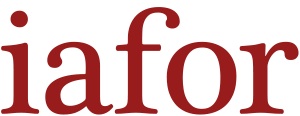Title: Exploring Meme Marketing Strategies for the Post-Pandemic World: Case of Indian Brands
Stream: Advertising, Marketing, & Public Relations
Presentation Type: Live-Stream Presentation
Authors:
Preetham Gopalakrishna Adiga, Manipal Academy of Higher Education, India
Padmakumar K, Manipal Academy of Higher Education, India
Abstract:
Memes are third most popular social media texts on Facebook and Instagram (Global Web Index Survey, 2020). Early studies on internet memes concentrated on its humour element (Nilsen & Nilsen, 2006; Silva & Garcia, 2012; Tay, 2014), but current study suggests how they can be utilised constructively in marketing and advertising to communicate a message in a witty yet captivating manner (Lind, 2019; Chuah et al, 2020; Lubis & Santoso, 2021). During the COVID-19 pandemic, marketers reached out to stakeholders online due to a lack of other alternatives. Marketers used memes to reach out to customers who spend the majority of their time online during the lockdown. With 1.4 billion people and 840 million internet users, India is an emerging global marketplace. Examining the relevance and scope of meme marketing in India is more important than ever because it provides insights into the perceptions of meme marketing in a large marketplace, making the study interesting and worth researching. The proposed study examines cases of Indian brands like Zomato, Durex, Netflix and Brand Factory to answer various questions about the relevance of meme marketing by drawing upon the work of Rashid et al (2019). Further, the study also investigates meme marketing from the perspective of Indian digital marketing professionals via qualitative interviews. The findings suggest to a variety of benefits of meme marketing, including lower design costs, improved inventiveness, higher brand engagement, and enhanced target audience reach and participation.
Conference Comments & Feedback
Place a comment using your LinkedIn profile[wplinkpress_comments]
Share this Presentation




